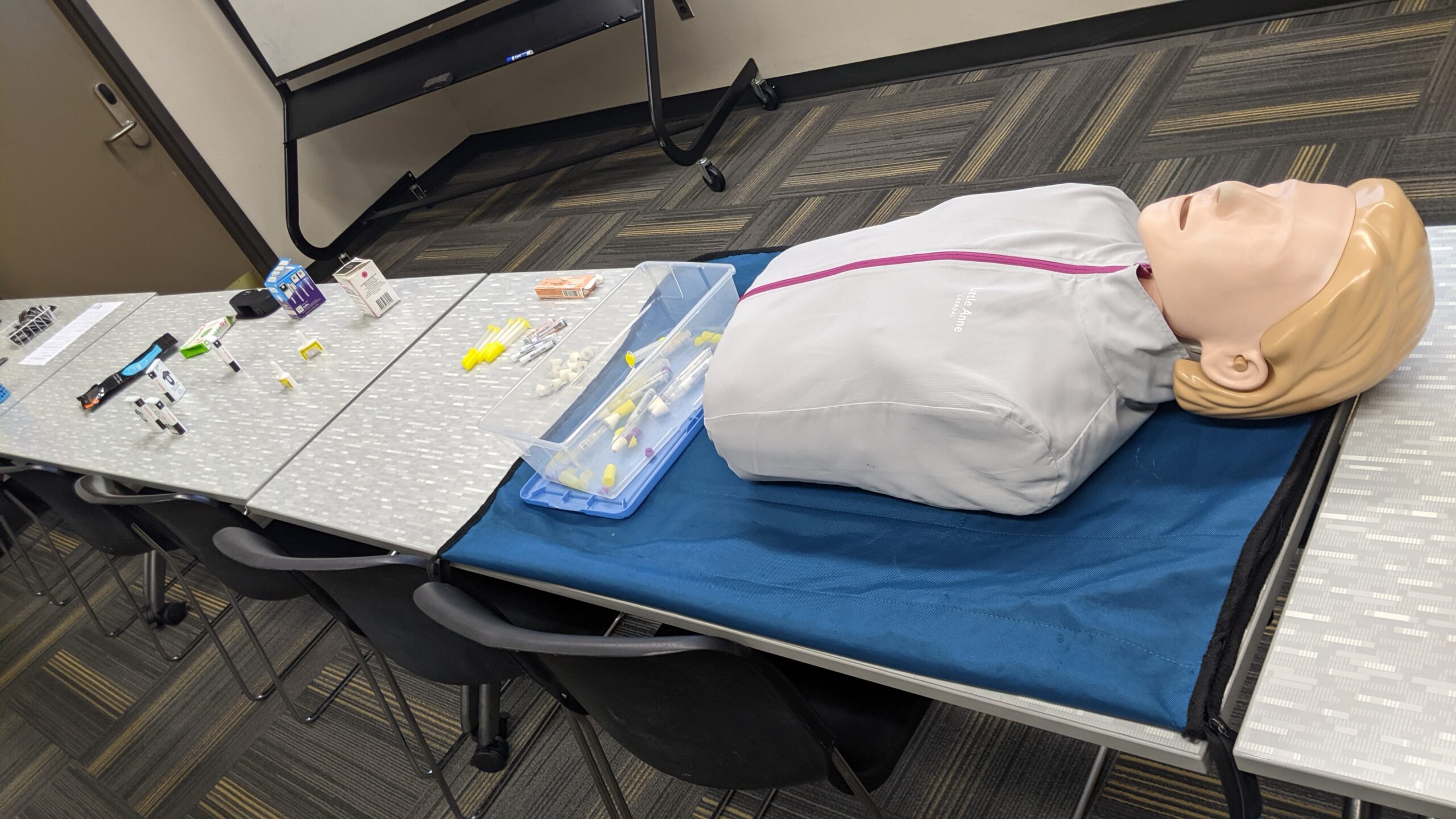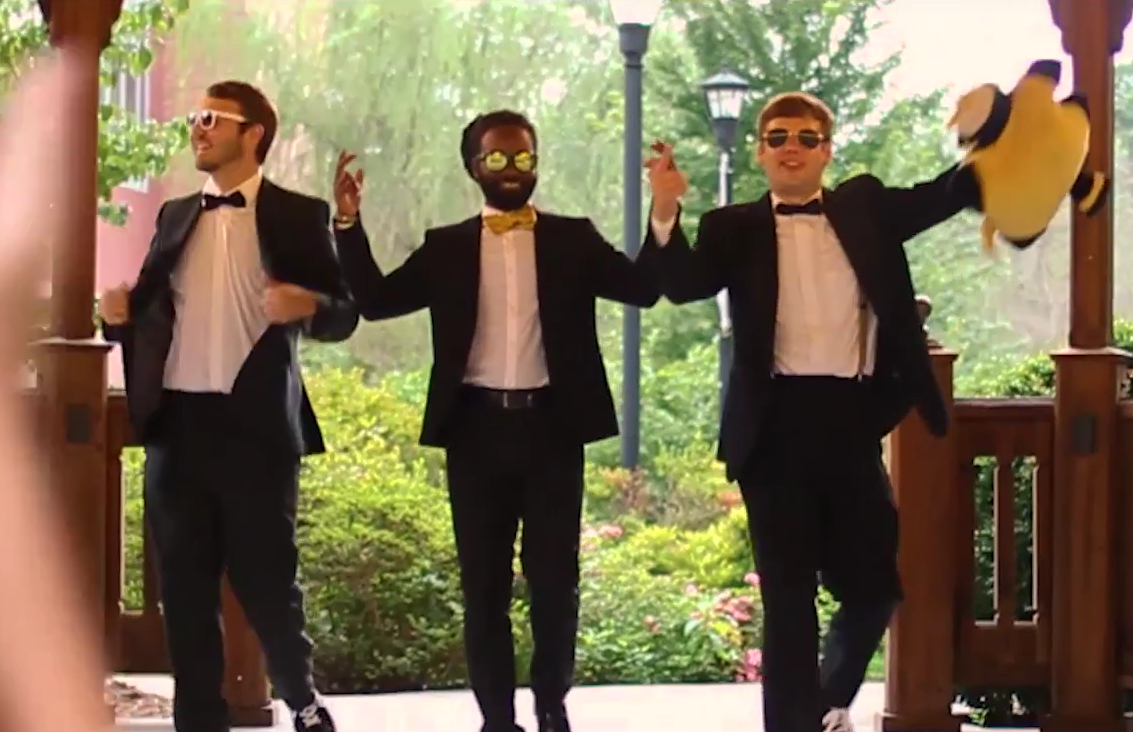The Center for Young Adult Addiction and Recovery‘s Naloxone training session taught students vital information about this life-saving medication and the larger opioid crisis affecting the nation.
The session was held from 3-4 p.m. on Wednesday, Aug. 31 in the J.M. Wilson Student Center on the Marietta campus. As explained by session host Lindsay Montgomery, Naloxone (commonly sold under the brand name Narcan) is a form of medication created to reverse the negative effects of an opioid overdose.
Opioids, a synthetic version of poppy-based opiates like heroin, attach themselves to certain brain receptors, preventing them from emitting and receiving key signals. Naloxone removes the opioids from the receptors, restoring the signals.
CYAAR has been holding Naloxone training sessions since 2014, and as one of the nation’s earliest college recovery programs, they work to aid students with any food, alcohol or drug addictions they may face. There is no limit on the number of times students can receive services including weekly recovery services and 12-step anonymous recovery programs.
The session started by discussing the Georgia 9-1-1 Medical Amnesty Law, which was signed into law in April 2014. As host Montgomery explained, this act protects those who call 911 for or provide aid to victims of overdose, as they cannot be charged or arrested on any drug-related charges (as long as the evidence obtained was as a result of seeking medical aid).
The 9-1-1 Medical Amnesty Law is actually among the most comprehensive in the nation, with its provisions applying to people under parole, probation and restraining orders.
After discussing the law, the topic of opioids and their side effects were noted. A specific point was made regarding eye pupils as an indicator of opioid use: though it is often used as a telltale sign of usage, Montgomery noted that painkillers like Demerol can also dilate the pupils, and therefore pupil size should not be used as the end-all indicator.
The next bit of information given was about those most at risk for opioid overdose, namely geriatric and pediatric patients. The former may unintentionally take a second dose due to poor memory and the latter may snatch them from medicine bags.
Montgomery then told attendees how proper drug storage is the best way to prevent this, also mentioning that the police stations on the Marietta and Kennesaw campuses both have anonymous medicine drop boxes.
The event moved on to an explanation of different Naloxone delivery systems, like the common Narcan nasal spray as well as autoinjectors and the three-piece kits used in medical settings. Students were then instructed on assembling the kits and how to properly administer Naloxone, learning how nasal discharge and head trauma act as barriers to providing aid.
The session ended with the attendees administering Naloxone into a medical mannequin and then receiving a final FAQ session.
More information on upcoming CYAAR events can be found on their Owl Life page.


